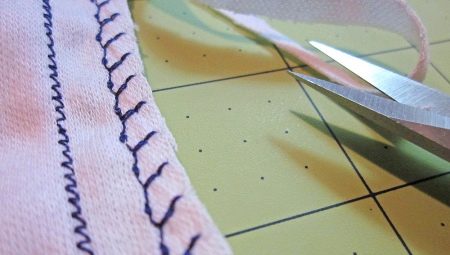All of us have repeatedly thought about how clothes are sewn. How does one or another part not diverge and crumble from constant wear or when washing? And those who at least once sewed clothes or “repaired” them more than once noticed a neat seam around the edge of the clothes. It is called an overlock stitch, which is used to secure the cut fabric. This is necessary so that subsequently the fabric does not crumble. How can I make such a line myself?
Overlock stitch and overlock stitch
There are 2 types of seams that resemble a zigzag line. it overlock stitch and overlock (aka overcast) stitch.
Such seams mean marking the bottom.
The main distinguishing feature of these two lines is their formation. Overlock seam is made on a special overlock or caverloch machine. And overlock stitching can also be done on a simple sewing machine. Only in this case, it will not be considered as edge marking.
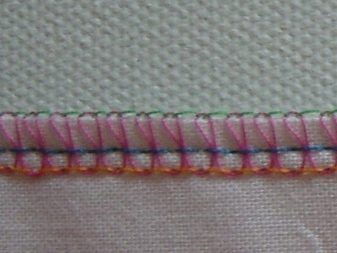
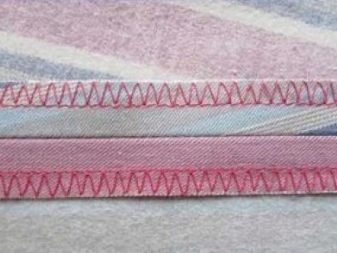
If you use a sewing machine, then knowing its mechanism, you can understand the principle of operation of the machine itself. We have a shuttle device and one needle that makes holes in the fabric in a zigzag fashion and pulls a thread through it. The size and frequency of the zigzag are adjustable, and the edge is overcast and does not crumble. The zigzag line can be performed in the following combinations:
- regular zigzag stitch;
- zigzag stitch with an additional straight stitch on one side;
- zigzag stitch with two parallel straight ties;
- crossed ties with a straight line (bottom or top);
- oblique ties that imitate a manual overcast.
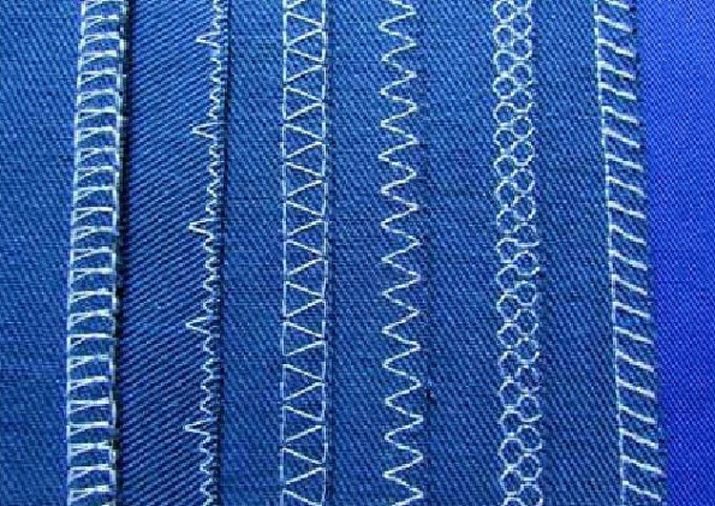
In the case of overlock, everything happens differently.Instead of the bobbin, there is a looper, into which the thread and several needles are immediately fed. The needles do not just drag the thread through the hole, creating a zigzag, they also form loops around the edge. But how is this going? The lower thread, which is located in the overlock rod, secures not only the edge itself, but also the upper thread, creating a loop. However, it does not release the upper thread and secures it in the product. In this case the thread simply cannot accidentally “jump out” of the fabric without outside interference. This is the big difference between the overlock stitch and the overcast stitch.
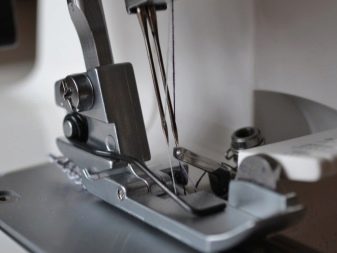
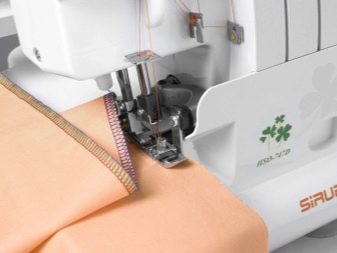
Overlock manual and machine seams
If you choose an overlock machine in addition to the main sewing machine, then you will not have any special problems with a seam, an overlock or a coverlock can do this very well. But it is far from always possible to buy 2 cars at once. In addition, they take up too much space. therefore there are machines that mimic overlock seams. It is about this seam that we will talk. We will figure out what is the difference between a seam and a seam.
Imitation of an overlock seam helps out in cases when people do not have an overlock. But it is worth noting that the sewing machine will never be able to fasten the thread in the fabric as tightly as the overlock. Such lines will always be less elastic and not so even. The seams made on the overlock look more evenly, since the overlock has the function of cutting off excess tissue. This gives the device an edge in a beautiful edge treatment.


The sewing machine does not have such a function. To do this, you need to install a special foot.
In order for the imitation of the overlock stitch to become even and accurate, it must be performed by slightly departing from the edge of the fabric.
Such a line is performed quite simply. First, you should step back a short distance from the edge and make a straight line. Then follow the zigzag line. One edge of the zigzag should be superimposed on a straight line made earlier. Subsequently, excess tissue is cut off.
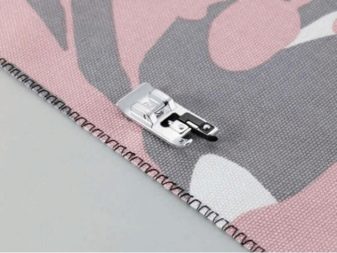
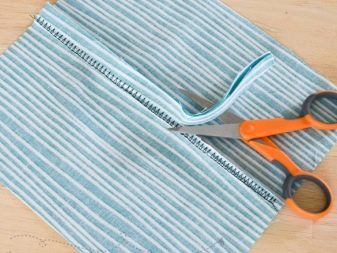
With this treatment, a tissue cut the main thing is not to pull the seams, otherwise the threads simply burst from tension. If you have not only an overlock, but also a sewing machine, you can do the pseudo-overlock stitch manually. The method of its manufacture is similar to sewing on a sewing machine.
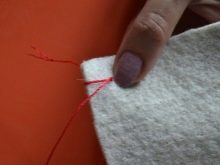

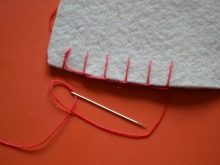
Overlock double thread seam
Modern models of overlocks are able to perform many types of seams. For example, a seam in 3 or 4 threads is the best option for a home workshop. A seam of 5 threads is used when stitching dense fabrics or outerwear. For processing thin and light tissues, it is customary to use a double-stitch seam. Seams in 3 threads will stretch the thin fabric, the product will eventually look ugly. Double stitch seam is suitable for:
- chiffon scarves or blouses;
- edge processing frills, ruffles, frills;
- sewing guipure or mesh.


It is worth noting that Now all overlock machines come with a thread of 3 threads. To set up a two-thread flow, you will have to remove one of the needles, set the lever in the correct position (on each machine this is done in accordance with the instructions). Next, you need to increase the thread tension in the lower looper and adjust the tissue feed so that there are no punctures or “waves”. Sure, setting up a three- to four-thread overlock to a two-thread will take time. But the time spent is more than offset by the money saved.
If you are a lover in sewing, then having an arsenal and a sewing machine and an overlock is not necessary. Just when buying a typewriter, you need to pay attention to the fact whether it can make an overcast line. If so, then in this case you can overcast the edge with a simulated overlock seam. If you decide to sell your products or sew to order, then the presence of an overlock is required. Indeed, with such an apparatus, the processing speed of the fabric will increase, and the chance that the seam will decay will also decrease.
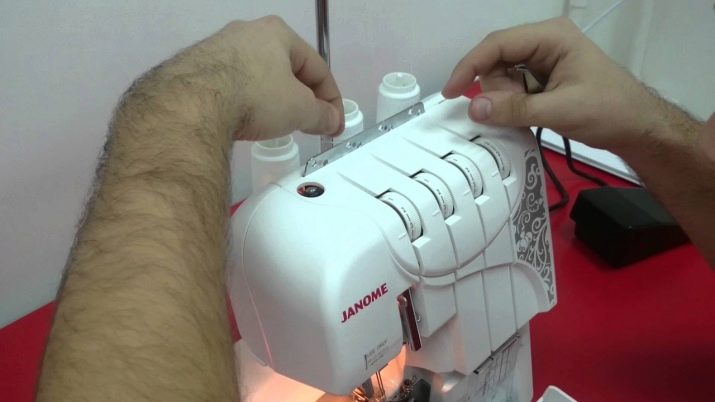
About how to make overcast stitches on a household sewing machine, described in the video.
